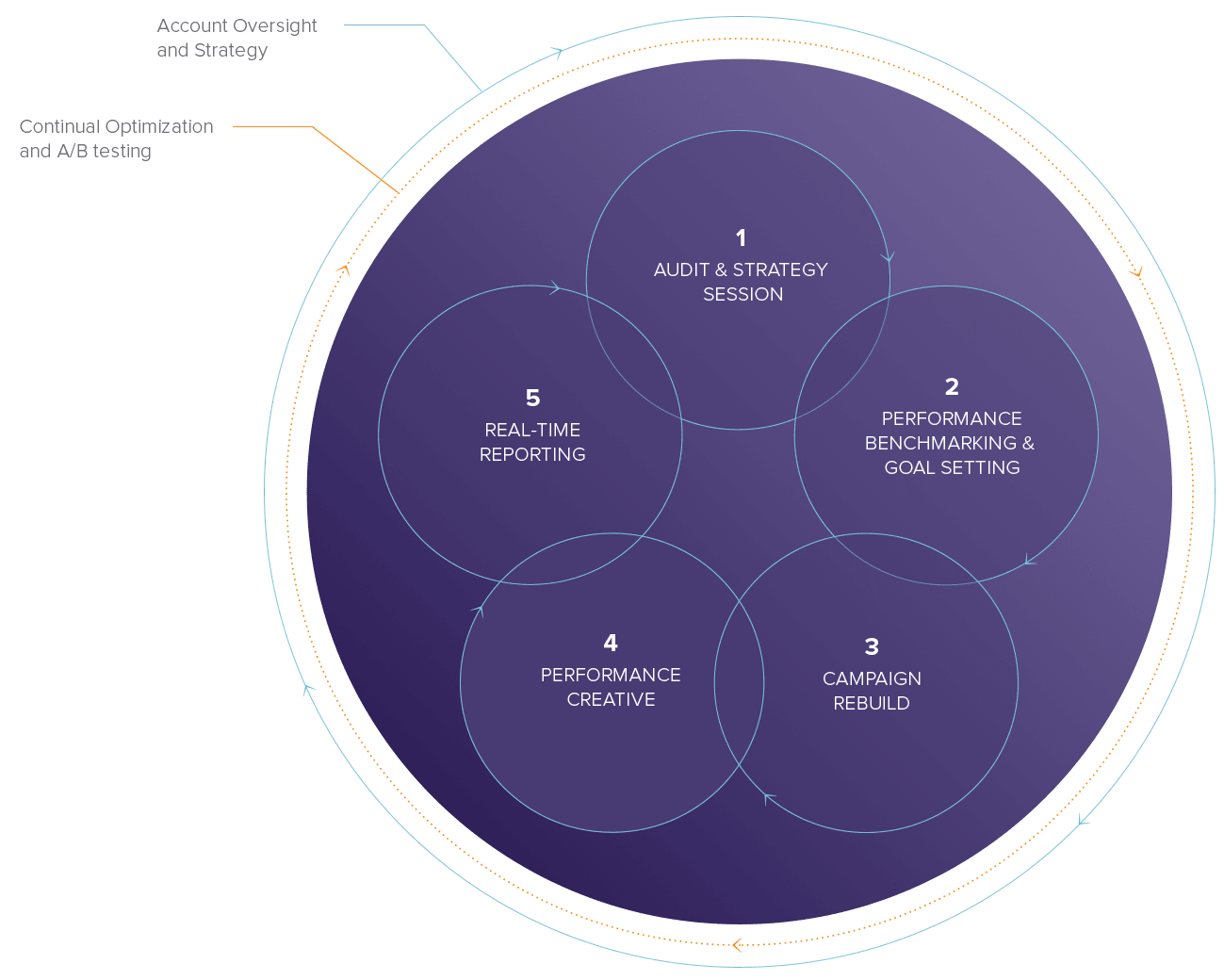Technical SEO Audit Service: The SMB Playbook for Peak Site Performance

Does Google’s crawler love—or ignore—your website code? Do your website visitors land on broken pages? For most small and mid-sized businesses, the answer changes daily as new plugins, page templates, and redirects pile up. A professional technical SEO audit service surfaces those silent errors before they drain rankings, conversions, and revenue.
Below is a step-by-step SEO roadmap to what a best-in-class technical audit looks like at OpenMoves, why it matters right now, and how you can turn the findings into fast organic growth.
Why Technical SEO Audits Are Mission-Critical
- Algorithms now punish micro-errors. Google’s recent core updates tighten thresholds on crawlability, Core Web Vitals, and structured-data hygiene.
- Technical debt grows quietly. Every CMS update or marketing campaign can spawn broken links, duplicate pages, or bloated JavaScript.
- AI-powered SERPs elevate “flawless” sites. Pages must be lightning-fast, schema-rich, and error-free to win prime real estate in AI Overviews and featured snippets.
- Don’t frustrate your website visitors. If a user navigates to a broken page or has to wait a long time for your page to load, they are more likely to leave your site altogether.
What Exactly Is a Technical SEO Audit?
A technical SEO audit is a structured investigation into the infrastructure of your website and how its server performs—no keyword research or backlink outreach, just pure code, speed, and indexability. Industry-leading tools like Screaming Frog, Sitebulb, and Semrush’s Site Audit can help you in a technical SEO audit. They will surface all the errors and technical issues your site has. Using a checklist to ensure your audit is comprehensive is recommended.
For a deeper dive into technical SEO fundamentals, see What Is Technical SEO? A Guide for Small Business Owners.
Must-Have Checks in a Modern Technical Audit
| Check | Why It Matters |
|---|---|
| Crawlability & Index Status | Robots.txt, XML sitemaps, orphan pages |
| Core Web Vitals (LCP, INP, CLS) | Direct ranking signal & UX KPI |
| Mobile-First Rendering | Google’s crawler now defaults to mobile |
| HTTPS & Security Headers | Trust and compliance |
| Redirect Logic & Canonicals | Prevents loops, chain |
| Broken Internal/External Links | Stops crawl dead in its tracks |
| JavaScript SEO | Ensures dynamic content is indexable |
| Structured Data & Rich Snippet Eligibility | Boosts visibility in AI-enhanced SERPs |
| Server-Side Performance (TTFB, caching) | Speeds up every subsequent metric |
| Analytics & Tag Governance | Confirms GA4, GTM, and pixels fire cleanly |
| Duplicate Content | Pages with different URLs but the same, or mostly the same content |
| Title and Description Tags | All titles and descriptions present and not duplicated |
| Images | No broken images, none over 100kb, and all have alt tags |
Why Your Small or Medium-Sized Business Needs an SEO Audit
- Search algorithms evolve weekly. Even a site that ranked last quarter can slip after a core update or an AI-driven SERP layout change.
- Technical debt accumulates. New plugins, migrations, and content uploads can introduce crawl errors, duplicate pages, and slow load times.
- User expectations are sky-high. Nearly 97 percent of pages receive zero organic traffic ahrefs.com—so every technical edge matters.
- AI and search. There’s a better chance to show up in LLM search results if your site can be successfully crawled and is technically sound.
What a Comprehensive SEO Audit Should Include
1. Crawlability & Indexation
- Robots.txt and XML sitemap validation
- Identification of blocked or orphan pages
- Redirect loops and chains
- Indexable JavaScript
- Crawl-budget analysis to be sure Google is discovering your most valuable URLs
2. Core Web Vitals & Site Performance
- Largest Contentful Paint (LCP)
- Interaction to Next Paint (INP)
- Cumulative Layout Shift (CLS)
- Server-side performance
- Mobile responsiveness checks
3. On-Page & Content Health
- Title and meta description gaps or duplicates
- Header-tag hierarchy
- Duplicate or thin content
- Broken images, missing alt tags
- Canonicalization
4. Structured Data & Schema
- Review of existing markup
- Recommendations for FAQ, How-To, Product, and LocalBusiness schema
5. Backlink & Internal Link Profile
- Broken pages with backlinks
- Broken internal and external links
- Internal anchor-text optimization
- Internal linking depth
6. Analytics & Tracking
- GA4 and Search Console configuration check
- Goal (Key Events) and event tracking validation
Starting to fix things yourself? Read Streamline Organic: 4 Ways to Improve SEO Performance for quick-win tactics once the technical foundation is clean.
How to Turn Technical SEO Audit Service Findings into Lasting Growth
- Tackle “index blockers” first: Robots.txt, noindex tags, and 4xx/5xx errors.
- Optimize speed scores: Modern caching/CDN plus image next-gen formats.
- Layer on structured data: FAQ, How-To, Product, and Organization schema.
- Fix title tags: Fix missing and duplicate title tags.
- Optimize crawls: Address orphan pages, broken links, linking depth, duplicates, incorrect canonicals, and redirect loops and chains.
- Set up monitoring: Automate regular audit crawls so future issues surface quickly.
- Iterate quarterly: Conduct fresh technical SEO audits every three months.
Need a holistic roadmap? How to Build an SEO Plan for Your Website outlines how technical, content, and conversion layers work together.
Ready to Unleash Your Site’s Full Potential?
A rigorous technical SEO audit service is the fastest way to convert technical website errors into sustainable organic growth. Book a technical SEO consultation with an OpenMoves technical strategist today.
Let’s crawl, fix, and win—together.
















